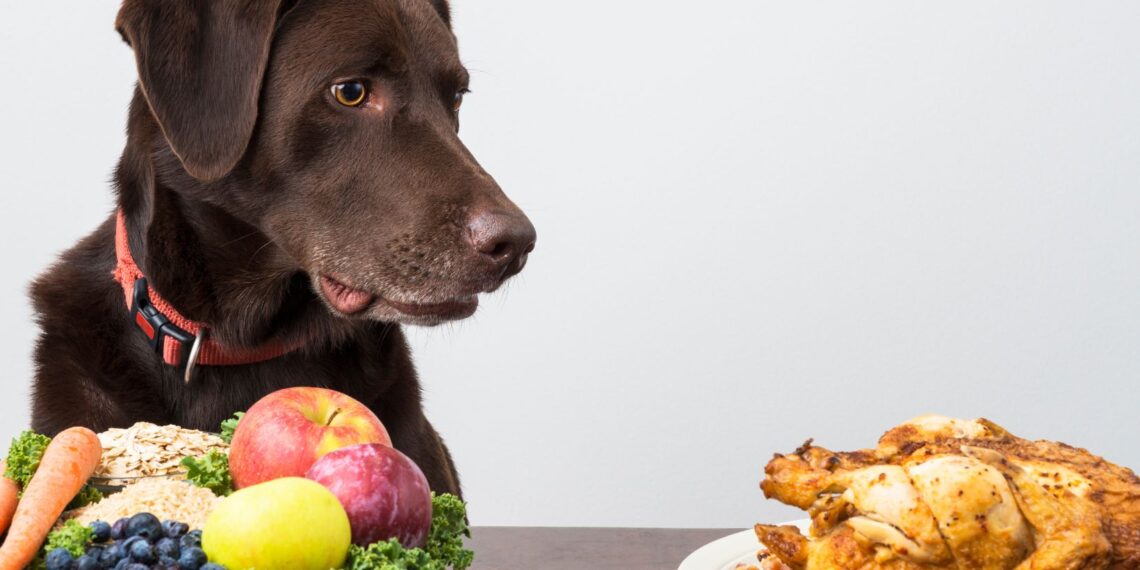Low Fat Dog Food
If you’re like me, your dog isn’t just a pet, it’s a cherished member of the family. That’s why it’s important to ensure they’re getting the best nutrition possible. Recently, I’ve noticed a lot of chatter about low fat dog food.
Low fat dog food is becoming a popular choice among pet owners. It’s not just for dogs with weight issues. Even if your furry friend is in perfect shape, this diet can offer significant health benefits.
Choosing the Right Low Fat Dog Food
Reading Dog Food Labels
Understanding a dog food label is one of the first steps to ensuring you’re making the best nutritional choices for your dog. Look for low-fat or light options. They often contain less than 9% fat on average. But be aware: these terms are not regulated uniformly across brands.
Moreover, take note of the order of ingredients listed. They’re ordered by weight, starting with the heaviest. If a quality source of lean protein, like chicken or fish, is listed first, that’s a good sign. Avoid options where fats or high-carb items are listed first.
Lastly, look for a guaranteed analysis on the label. It’ll provide a breakdown of the food’s nutritional content, including the percentages of proteins, fats and other essential nutrients.
Common Ingredients in Low Fat Dog Food
Low fat dog food generally contains less fats, more fibers, and a quality protein source. Essential ingredients include:
- Lean Proteins: Chicken, turkey, or fish. They’re easily digestible and leaner than red meats.
- Complex Carbohydrates: Whole grains like barley or oats, or starchy vegetables. They contribute to feelings of fullness without adding unnecessary calories.
- Fiber: Ingredients such as brown rice, vegetables and fruits enhance digestion and keep your dog feeling full longer.
Flaxseeds and fish oils, despite being fats, are beneficial in moderation. They provide omega-3 fatty acids, which are essential for a glossy coat, healthy skin and overall well-being.
Considerations for Specific Dog Breeds or Health Conditions
Individual dog breeds and respective health conditions require unique nutritional needs. For example, smaller breeds typically need calorie-dense foods while larger breeds need much lower calorie density. Age and activity levels also come into play.
Additionally, dogs with health conditions like pancreatitis, diabetes or naturally overweight breeds may benefit from a low fat diet due to lowered fat and calorie content.
However, consulting your vet or a certified animal nutritionist will provide the best route for determining your dog’s dietary needs. Don’t substitute their expert advice with internet resources. They’ll help in guiding you towards a specific dietary plan best suited for your dog’s health and wellness.

Homemade Low Fat Dog Food Recipes
Homemade Turkey and Sweet Potato Dog Food
Many dogs love the taste of turkey, and it’s a fantastic source of lean protein. When combined with sweet potatoes, a complex carbohydrate rich in dietary fiber, it creates a powerful and nutrient-dense meal for your furry friend. To make this recipe, you’ll need:
- Ground turkey meat or turkey breast, cooked
- Sweet potatoes, boiled and mashed
- Green beans, chopped
- Carrots, chopped
Bear in mind that the key to a balanced meal is getting the portions right. You should aim for a ratio of about 50% lean protein (turkey), 25% complex carbohydrates (sweet potatoes), and 25% vegetables (green beans and carrots).
DIY Fish and Vegetable Stew for Dogs
If your dog is a fan of fish, a DIY fish and vegetable stew can be a fantastic low-fat meal choice. Fish are high in Omega-3 fatty acids which are essential for maintaining a healthy coat and skin, regulating the immune system, and reducing inflammation.
To prepare this recipe, gather:
- White fish fillet or canned sardines, deboned
- Sweet potatoes, cubed
- Peas, fresh or frozen
- Spinach leaves, chopped
A serving should contain approximately 50% fish, 25% sweet potatoes, and 25% mixed vegetables.
Creating Balanced and Nutritious Homemade Dog Food
When creating your own pet food at home, it’s vital to ensure you’re hitting all the nutritional marks to keep your four-legged friend healthy and vibrant. Each meal should contain a combination of lean proteins, complex carbohydrates, and high-quality fruits or vegetables.
Remember, it’s essential to consult with a vet or certified animal nutritionist prior to making drastic changes to your dog’s diet. You’ll want to consider your pet’s breed, size, age, activity level, and any underlying health conditions. With expert guidance and awareness of your dog’s specific needs, homemade dog food can be a great way to provide the necessary nutrition with lesser fats.













